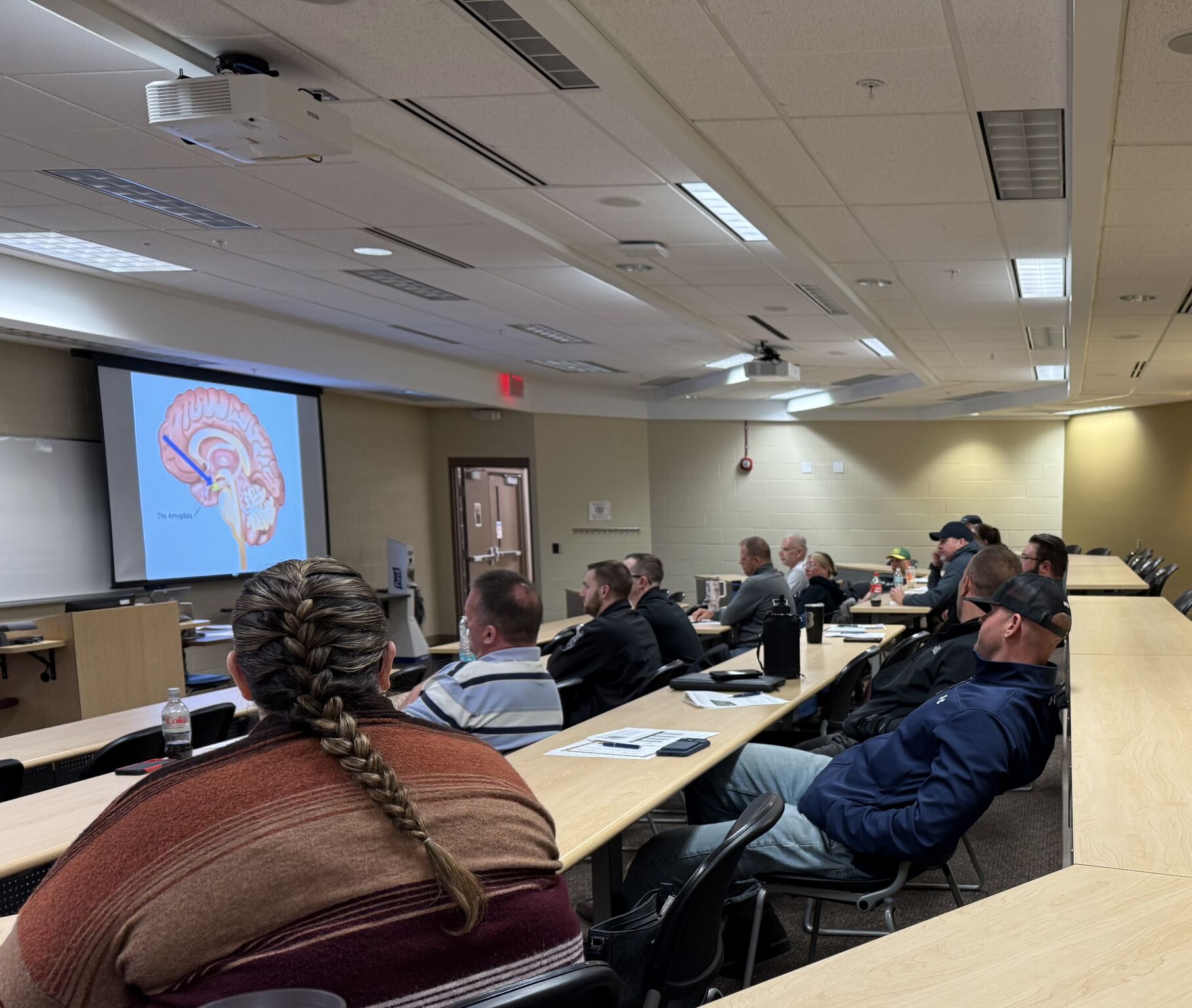Leadership isn’t about choosing between discipline and morale — it’s about maintaining both with consistency and care.
For every first-line supervisor, one of the hardest transitions is learning how to hold your people accountable without breaking trust. In law enforcement, where camaraderie and performance go hand-in-hand, this balance can feel like walking a tightrope.
Lean too hard on discipline, and you risk creating resentment or fear. Focus only on morale, and standards start to slip. The truth is, accountability and morale aren’t opposites — they’re partners. When you lead with clarity and fairness, you create a culture where both can thrive.
The Supervisor’s Balancing Act
Accountability often gets misinterpreted as punishment. In reality, it’s structure — and structure creates safety. Officers want to know what’s expected of them. They want to know their efforts matter and that leadership will stand firm when standards are tested.
The challenge isn’t enforcing the rules; it’s doing it in a way that keeps the team’s respect. The most effective supervisors don’t separate discipline from morale — they use accountability to build it.
Step 1 — Set Expectations Early and Reinforce Them Often
The Clarity Gap Creates Most Morale Problems
Most morale problems trace back to unclear expectations. When your team doesn’t know exactly what’s expected, frustration fills the void.
Clarity creates calm. From day one, define what professionalism looks like on your shift. Then live it.
When supervisors apply standards consistently — not selectively — they eliminate the “gray areas” that breed distrust.
“What you permit, you promote.”
Every decision you make signals what the standard really is.
Step 2 — Use Accountability to Build Trust, Not Fear
Accountability should never be a surprise. Supervisors who wait until a mistake happens to speak up miss valuable opportunities to mentor before correction is needed.
Shift From Criticism to Coaching
Constructive accountability sounds like:
- “Let’s look at what happened and what we can do better next time,” not “You failed again.”
- “Here’s what right looks like,” not “You should’ve known better.”
When discipline is fair and consistent, it reinforces integrity. Your team learns that accountability isn’t about control — it’s about shared commitment.
Step 3 — Protect Morale by Recognizing Effort
Recognition Balances Accountability
Correction should never outnumber recognition. Leaders who only speak up when something’s wrong miss chances to motivate when things go right.
Acknowledging effort — even in small moments — builds trust and belonging. It tells your team, “I see the work you’re doing.”
Recognition can be as simple as a quiet word after a tough call or a public acknowledgment at briefing. When officers feel valued, they’re more likely to accept feedback and less likely to resist accountability.
Step 4 — Model the Behavior You Expect
Leadership Credibility Comes From Example
Leadership credibility comes from example, not authority. If you expect composure, model it. If you expect professionalism, embody it.
Your tone under pressure sets the tone for the entire squad. Supervisors who manage stress visibly and calmly teach emotional control through presence, not lectures.
Officers mirror what they see. When they see consistency — a leader who owns mistakes, gives credit freely, and enforces standards fairly — they respond with loyalty and respect.
Step 5 — Build a Culture Where Accountability Feeds Morale
Connect Expectations to Purpose
Morale and accountability thrive together when your team knows the “why” behind every expectation. Explain the purpose, not just the policy.
When officers understand how their performance affects safety, teamwork, and public trust, compliance becomes commitment.
Leaders who connect accountability to purpose don’t need to micromanage. They inspire self-discipline — the highest form of morale.
The Takeaway
A strong supervisor sets the tone for both accountability and morale. The two are not opposites — they’re interdependent.
The best squads thrive on clear expectations, mutual respect, and consistent leadership. When accountability builds confidence and morale fuels motivation, teams perform their best — no matter the pressure.
Soft CTA (For CMS Button Section)
Continue developing your leadership impact — View Leadership Development Opportunities.






